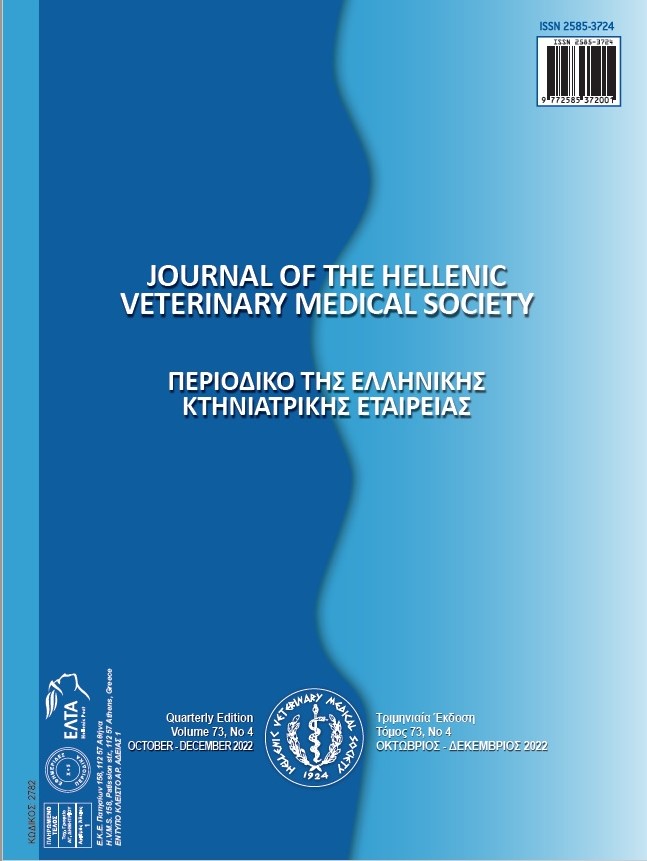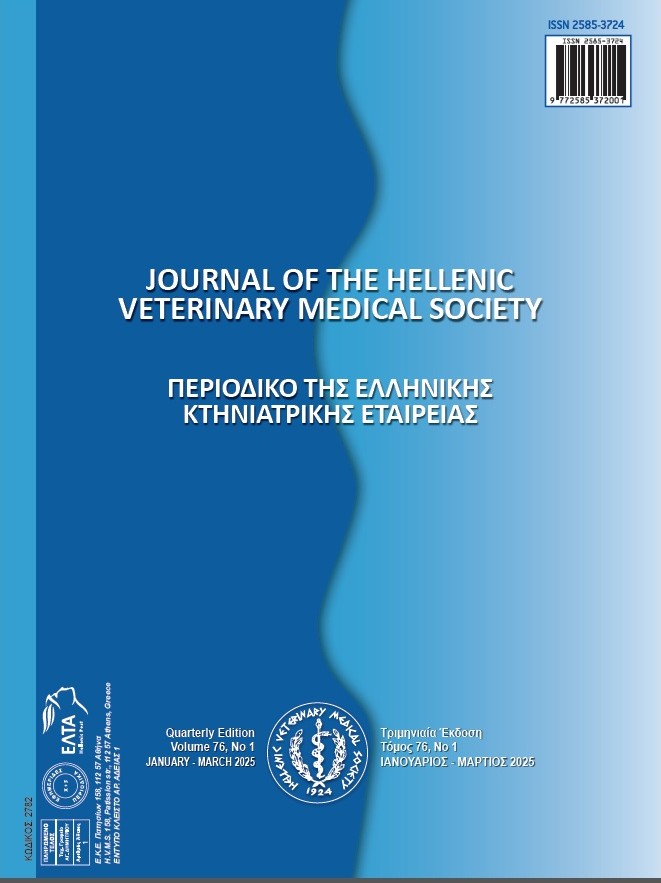Effects of Somatotropic Axis Gene Polymorphisms on Milk Yields in Simmental Cattle

Résumé
Due to the increasing world population, scientists aim to obtain high-yield products using new techniques and methods to meet needs in the fields of food, agriculture, and livestock. It is very important to selected the candidate genes and markers correctly, especially in the QTL and MAS techniques in livestock. Somatotropic axis genes affect yield traits, growth, reproduction, and milk production in cattle. In the study, we determined GH/AluI and IGFI/SnaBI gene polymorphisms using the PCR-RFLP technique in DNA samples obtained from 70 Simmental cattle. The allele frequencies of the genes were in the same proportion as 0.62 and 0.38, L and V for the GH gene and T and C for the IGFI gene. There was no significant relationship between the polymorphic genotypes of the genes we examined and lactation milk yields, 305-day milk yields, daily milk yields, and lactation periods of Simmental cattle. The probability of using bGH/AluI and IGFI/SnaBI genetic variations as markers in association studies with milk yield in cattle is extremely low.
Keywords: Axis genes; RFLP; MAS; Simmental; milk yield
Article Details
- Comment citer
-
Sonmez, Z., Kopuzlu, S., & Özdemir, M. (2024). Effects of Somatotropic Axis Gene Polymorphisms on Milk Yields in Simmental Cattle. Journal of the Hellenic Veterinary Medical Society, 74(4), 6589–6598. https://doi.org/10.12681/jhvms.31661
- Numéro
- Vol. 74 No 4 (2023)
- Rubrique
- Research Articles

Ce travail est disponible sous licence Creative Commons Attribution - Pas d’Utilisation Commerciale 4.0 International.
Authors who publish with this journal agree to the following terms:
· Authors retain copyright and grant the journal right of first publication with the work simultaneously licensed under a Creative Commons Attribution Non-Commercial License that allows others to share the work with an acknowledgement of the work's authorship and initial publication in this journal.
· Authors are able to enter into separate, additional contractual arrangements for the non-exclusive distribution of the journal's published version of the work (e.g. post it to an institutional repository or publish it in a book), with an acknowledgement of its initial publication in this journal.
· Authors are permitted and encouraged to post their work online (preferably in institutional repositories or on their website) prior to and during the submission process, as it can lead to productive exchanges, as well as earlier and greater citation of published work.








